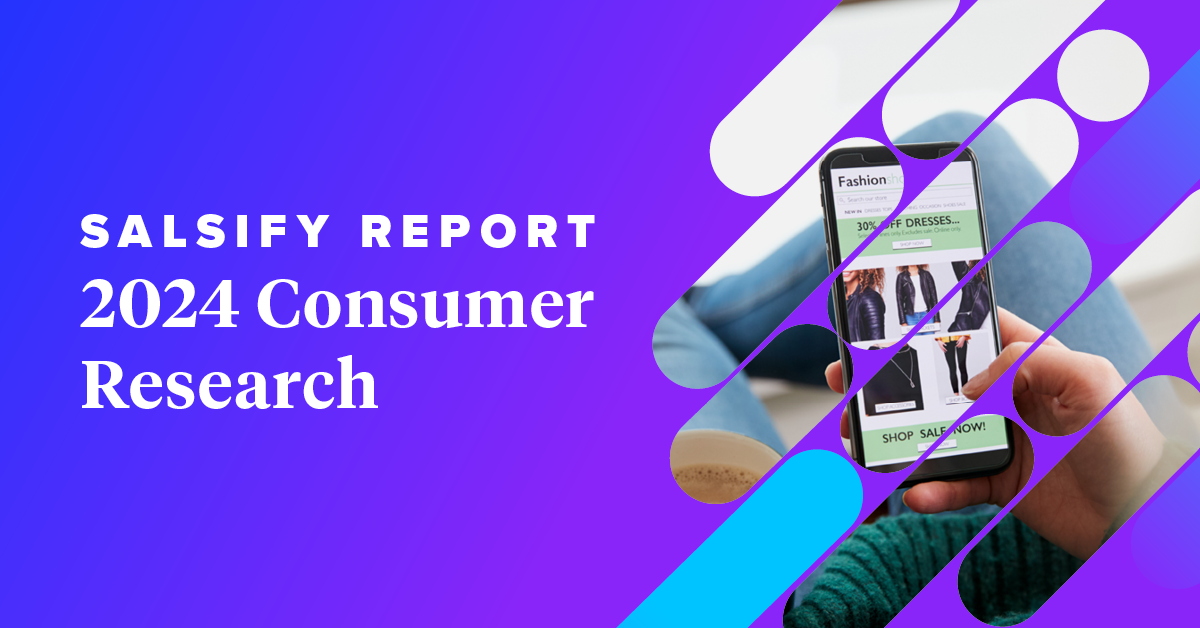The personal brand has become a core identity for today’s consumers, who have become used to curating their public profiles on Facebook and Instagram, sharing personal stories, uploading carefully-edited selfies and enjoying infinite shopping and tailored merchandise choices online.
As a result, these shoppers, not surprisingly, have come to expect plenty of personalization — in the form of promotions, offers, product recommendations and custom options — on their path-to-purchase journey, studies show. According to a recent Infosys study, 86% of consumers said personalization has at least some impact on the purchasing decision. The study also found that almost one third (31%) of consumers wanted more personalization in their shopping experiences. And according to a January 2017 study, 85% of shoppers said they are influenced by personalized home page promotions, and 92% said personalized shopping cart recommendations encourage them to complete a purchase.
Retailers, in response, have begun to make personalization a top priority: According to research by Boston Retail Partners (BRP) and Manhattan Associates, personalization was more important to retailers than other objectives, such as mobile efforts related to responsive design or applying data across channels in real time.
But this poses a serious marketing challenge. How can brands and retailers offer products that help consumers speak to their individuality? How do they meet the demand for product content that promotes the right offering at the right time? Here some ways leading players are working to reach this goal:
Creating connections with chatbots
Facebook Messenger is filled with hundreds of retail chatbots, many of which connect consumers with products. Nordstrom used artificial intelligence to take its 2016 holiday chatbot to the next level to help people find the right gifts for those on their lists. Going beyond quizzes and multiple choice questions with pre-set answers, the bot was able to create more complex inquiries which allowed any answer, such as “Where would you find this person on the weekends?" and "When this person considers eating out at a restaurant, what's their main interest?"
Related product recommendations
New Zealand-based wool clothing retailer Icebreaker has been leading the way to warmth by using machine learning to power related product recommendations — not just with “you may also like” options but “designed to go with ideas,” which shows three specific items meant to complement an original purchase. For example, if the shopper was looking at an outer layer, the system will recommend a base layer, first layer, and/or socks and accessories. And with each click and interaction, the recommendation engine gets smarter. Similarly, menswear brand John Varvatos uses A.I.-powered software that helps customers build outfits with suggestions that "complete the look.” If you’ve clicked on jeans, for example, the site will show a sweater, shoes and jacket that looks great with that product.
Algorithm-based stylist help
Rocksbox is a jewelry subscription service that lets customers rent chosen pieces. It stocks a mind-boggling 5,000 items, which is too many for one person to track and choose, so the company’s technology uses 150 points of data on each piece and a trio of algorithms to come up with recommendations for each customer. Company stylists, though, can tweak that data if they need to — while the algorithm helps, most shipments are at least in part picked by a person and all come with a note from the stylist. "Technology allows you to provide that level of service in a way that's not cost-prohibitive," the founder and CEO said at the recent NRF expo and convention.
Product content at the heart of personalization
Obviously, for any efforts to boost engagement and personalization on the customer journey, the right, relevant, well-placed product content is an essential key to success. For example, the more personalized and customized the offer, the more important it is that options and choices are kept track of, labeled correctly, photographed appropriately in different colors, offer the right number of angles and views and have the right written descriptions or video content attached to it.
Thanks to better-collected and understood shopper data and ever-evolving analytics and automated tools, retail personalization is only going to continue to grow quickly in an effort to boost brand loyalty and drive sales. Consumer demands and expectations are only going to rise as we move towards the 2017 holiday season. Are you ready to get personal in an age of the personal brand?
Written by: Cara Wood
Cara Wood (she/her) is a writer and former director of brand journalism at Salsify, where she specialized in creating content to help brands excel in ecommerce. Her work has helped organizations enhance their digital shelf and product experience management strategies.
Recent Posts
How To Leverage Live Stream Shopping To Drive Real-Time Engagement and Sales
67% of Shoppers Look Past Page 1 of Ecommerce Search Results — Here’s Why
Why Shoppers Are Increasingly Turning To Product Videos — With Top Tips for Driving Sales
Subscribe to the Below the Fold Newsletter
Standing out on the digital shelf starts with access to the latest industry content. Subscribe to Below the Fold, our monthly content newsletter, and join other commerce leaders.



.svg)